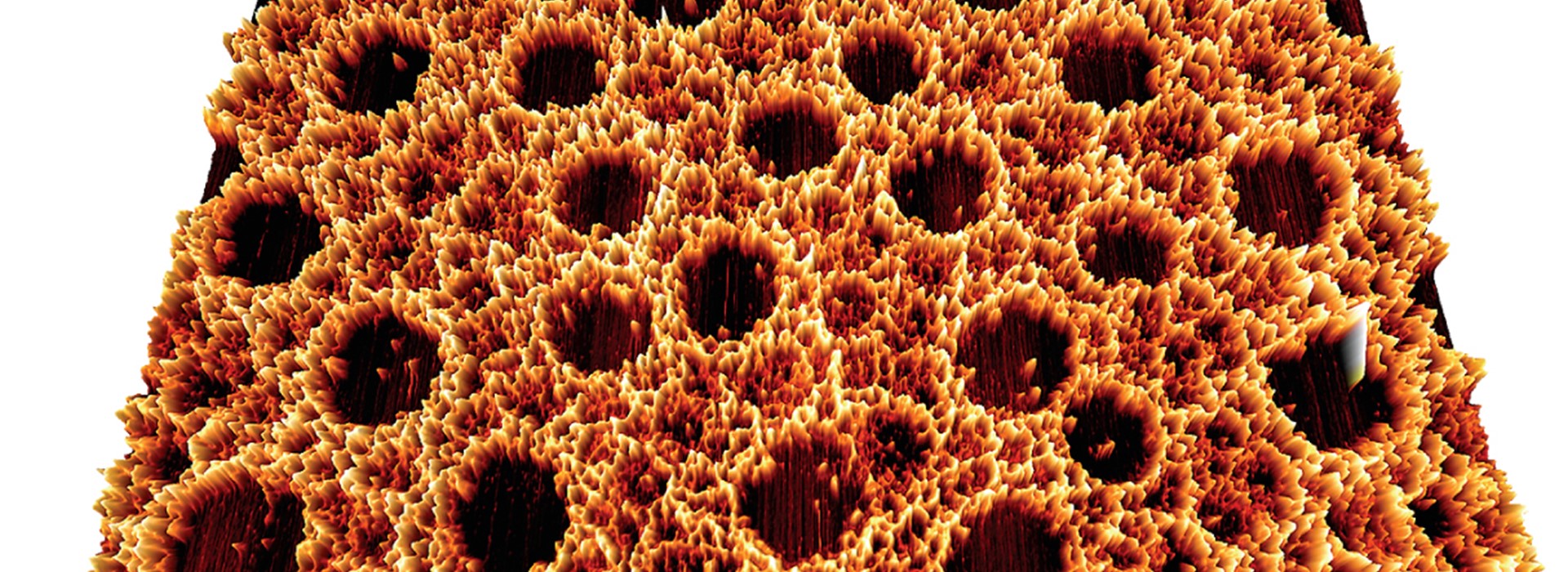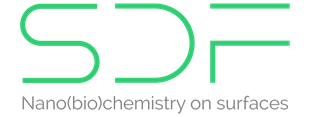Editors' choice in Science: our ACS Nano paper on Graphite and Graphene Fairy Circles

A convenient covalent functionalization approach and nanopatterning method of graphite and graphene is developed. In contrast to expectations, electrochemically activated dediazotization of a mixture of two aryl diazonium compounds in aqueous media leads to a spatially inhomogeneous functionalization of graphitic surfaces, creating covalently modified surfaces with quasi-uniform spaced islands of pristine graphite or graphene, coined nanocorrals. Cyclic voltammetry (CV) and chronoamperometry (CA) approaches are compared. The average diameter (45– 130 nm) and surface density (20 to 125 corrals/m2) of these nanocorrals are tunable. These chemically modified nanostructured graphitic (CMNG) surfaces are characterized by atomic force microscopy, scanning tunneling microscopy, Raman spectroscopy and microscopy, and x-ray photoelectron spectroscopy. Mechanisms leading to the formation of these CMNG surfaces are discussed. The potential of these surfaces to investigate supramolecular self-assembly and on-surface reactions under nanoconfinement conditions is demonstrated.
To enable comments sign up for a Disqus account and enter your Disqus shortname in the Articulate node settings.


